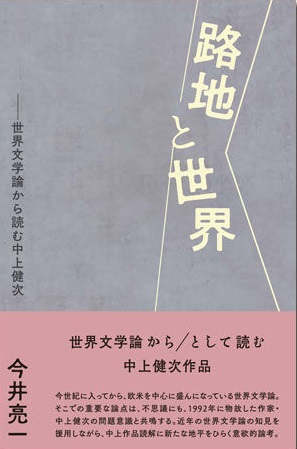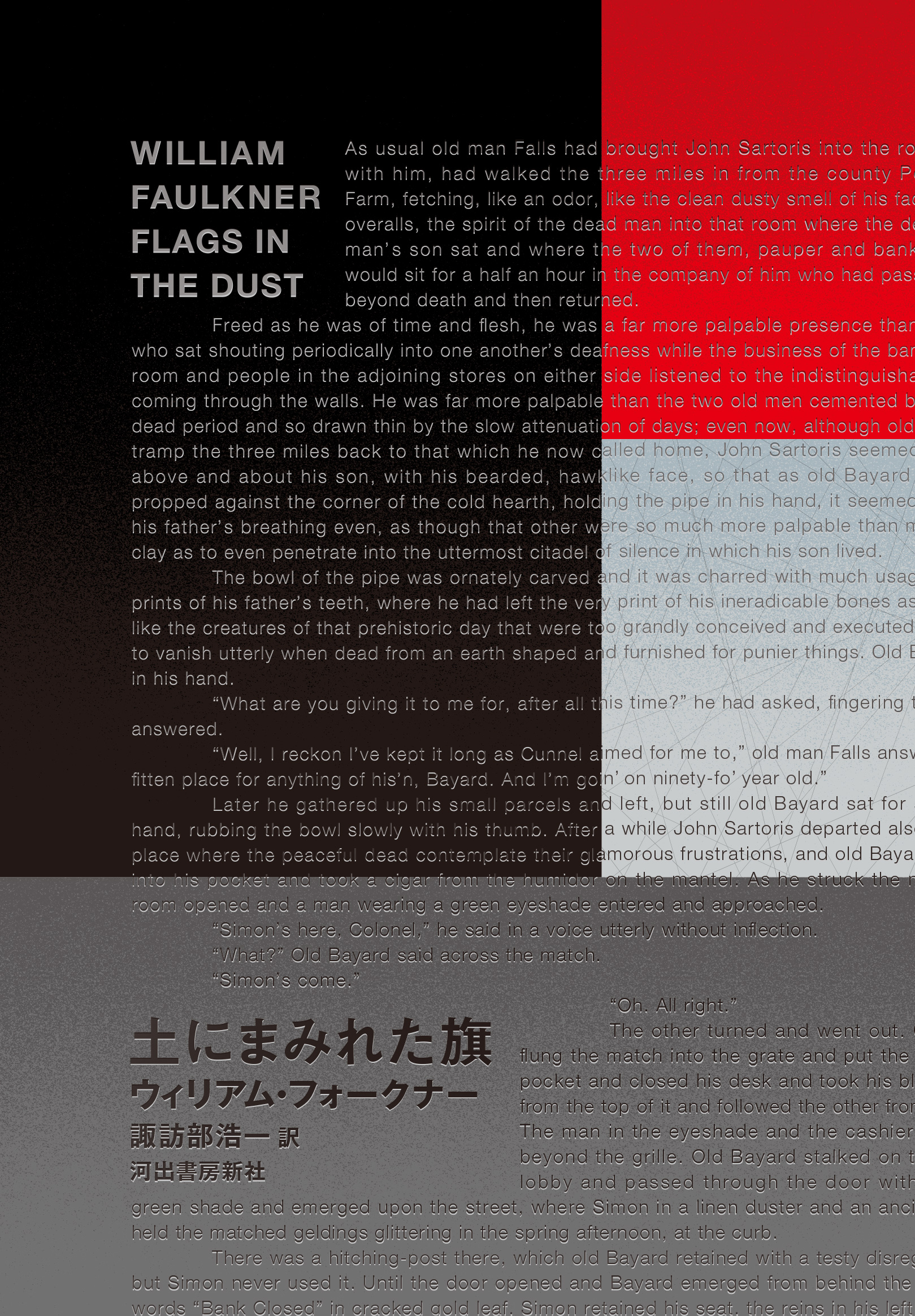
Title
Roji to Sekai (The Alley and the World: The Study of Kenji Nakagami’s Works from the Viewpoint of World Literary Theory)
Size
464 pages, 127x188mm, hardcover
Language
Japanese
Released
March 31, 2021
ISBN
978-4-87984-402-6
Published by
Shorai-sha
Book Info
See Book Availability at Library
Japanese Page
This book is to read Nakagami Kenji (1946-1992)’s works with two purposes. Being the first postwar Japanese writer winning the Akutagawa Prize in 1975, Nakagami was also well known for his origin of buraku – special hamlet in Japan. The literature of the buraku was positively received in the Japanese literary world, where Murakami Haruki, Nakagami’s contemporary counterpart was equally influential at the time. Almost all Nakagami’s works are related to his hometown or buraku, which he calls the “alley”. One purpose of my book is thus to closely read the works chronologically of Nakagami Kenji , one of the most important writers in postwar Japanese literature.
Inherent in my second purpose is an aim to read Nakagami’s works under the theoretical framework of world literature given that in the twenty-first century, it has been very much examined, particularly among scholars in comparative literature from Europe and the United States. The popularity of the theory is indeed a result of globalization, and thanks to which, issues concerning writers from the Third World and works written in the writers’ second language have been raised, and the old Eurocentric literary perspective that emphasizes one nation, one language is no longer applicable. Considering this, it is justifiable to say that most scholars are against Eurocentrism or nationalism despite a variety of approaches. This book outlines in the first chapter the general theory of world literature, before engaging in any discussion of designated themes associated with it. But I need to asseverate my championship of neither the world literary theory nor anti-Eurocentrism nor denationalization. What I aim, instead, is to explore the circumstances where the theory is inextricably linked to every single national literature.
To achieve such an objective, then, is the reason for reading Nakagami Kenji from the world literature perspective. I do this not because I want to follow the current trend of literary criticism, but on the grounds of the close resemblance between Nakagami’s literary interests and today’s critical studies of world literature.
At the time Nakagami was strongly attracted to the “alley”, or the equivalent of the periphery, which can not only be deciphered in a political sense but can also be read from a linguistic perspective at two levels: Nakagami’s foci upon both the Japanese dialects and the oral literary culture. All these interests overlap with the issues addressed by the world literature studies, including those about the Third World (or the periphery) and the interface of orality and writing. What I suggest is Nakagami’s interest in the “alley” has contributed to the idea of denationalization relativized by Japan as a nation. The argument is further exemplified by the analysis of Nakagami’s works written in the middle period of his life in the second chapter.
Due to the rise of capitalism, the “alley” in the works of Nakagami vanishes together with the de facto buraku. Capturing the change of reality also in his literary world, Nakagami soon wrote novels about characters who all came from the alley either making pilgrimages across Japan, working as a male prostitute in Tokyo or voyaging across the South Sea. From chapter 3 until the final chapter, what I argue through reading closely the later works of Nakagami is his pioneering thought as to how the movement of capitalism has resulted in the sharp contrast of center and periphery, as well as the rise of the Third World, all of which being now discussed in world literature studies.
Using the rising scholarship concerning world literary theoretical framework, I believe, makes it easier to understand Nakagami Kenji. After close examination of Nakagami’s works, readers can also deepen their understanding about the theory. Reading new literary theory and old work simultaneously benefits in two ways indeed: by employing the new concept, any works written in the past can be better understood; works of the past can serve as a guide to new theory.
(Written by IMAI Ryoichi, Assistant Professor, Graduate School of Humanities and Sociology / Translated by James AU, PhD Candidate, Graduate School of Humanities and Sociology / 2021)
Related Info
The 1st UTokyo Jiritsu Award for Early Career Academics (The University of Tokyo 2020)
https://www.u-tokyo.ac.jp/ja/research/systems-data/n03_kankojosei.html



 Find a book
Find a book


